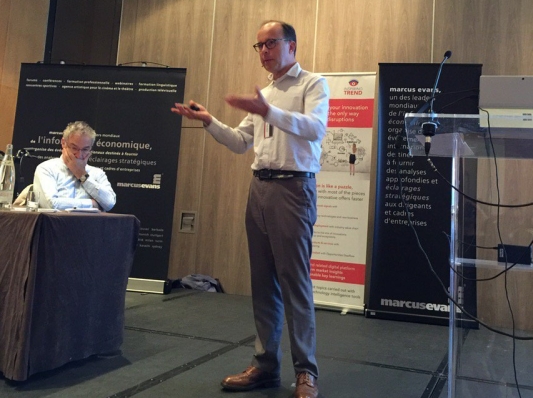Vincent Maret is corporate director Open Innovation at Bouygues Corp. His goal is to drive competitiveness through innovation, leveraging agile methods, fostering open innovation programs, and supporting Bouygues business units in their transformation.

Vincent has an extensive experience in marketing, strategy, innovation, project management, telecom and information technologies; as Marketing Manager; deputy R&D director with Bouygues Telecom and previously as a Project Executive with IBM Global Services. Vincent is very familiar with international environments. He was the founder and CEO of the US Office of Bouygues Telecom, in the Silicon Valley, since renamed winnovation and serving the whole Group.
How do you instill innovation culture, and federate innovation initiatives in such a huge company? Bouygues Corp. includes Bouygues Construction -building, civil works, energy and services-, Bouygues Immobilier -property- and Colas -roads-, Bouygues Telecom and TF1 media TV channel. That’s’ some of the questions we discussed with Vincent.
1) Hi Vincent, you’ve been heading open innovation across the Bouygues Group, and with the ecosystem (startups, corporations, academia,…) for 5 years: what summary would you make of the work completed, and the results achieved? What seems to you the most impactful, and what are the things that you would do differently?
Open Innovation has become a buzz world, and I have learned to be wary of those! You are right not to restrict open innovation to the interaction between startups and corporates. I picture it more as an ecosystem working like a real team.
That’s why I like to define open innovation with a metaphor. Big corporates, like supertankers had a tendency to navigate alone. In a changing environment, where speedboats can come, and hit you under the flotation line with crude implements, it is better to move from a supertanker to a fleet of boats formation in order to achieve your goals. This is my metaphor for open innovation. The efficient fleet is made of vessels of various sizes, shapes and pavilions, sharing a common goal, a purpose.
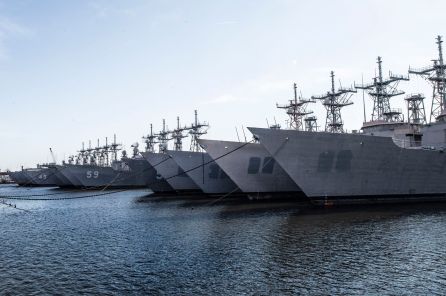
As you mentioned in your introduction, the Bouygues group itself consists of 5 business units each of which have their own innovation teams. In the past years, the open innovation approach has been structured to be as close as possible to our clients and end-users.
That is why each of our BU has an open innovation team. If we take the example of interaction with startups, each BU will define priorities, scout relevant startups, and finance them when necessary. Each of them has set up their own fund for the purpose of acquiring minority stakes in start-ups when they do so.
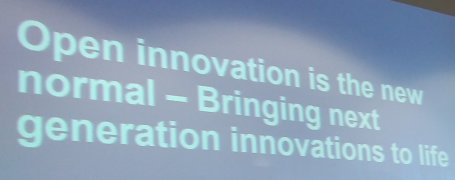
Editors’ note: for instance “Minut’start’up”, a 1′ startup pitch with a mentor of Bouygues Construction in front of the BU departments, or Matching-Up, a request for call for startups, were set-up by the BU.
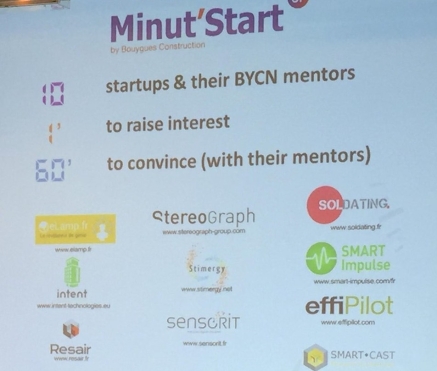
On the opposite, some actions make more sense to be mutualized such as due diligence prior to investment or following the startups after investment. That is why Bouygues has created at corporate level, Bouygues Development, to perform those activities.
Additionally some partnership make more sense to be handled transversely. This is the case of our participation in the MIT (Massachusetts Institute of Technologies) ILP (industrial liaison program) which benefits to all our BUs. This adds also additional value for our partners who like to emphasize the complementarities of our BUs. As an example, Bouygues was chosen by MIT to host its 2018 Paris Symposium on “Human surrounded by technologies, or human at the center of our technologies?”. A great way for the Group and our clients to interact as an ecosystem.

2) The e-Lab open innovation team acts also as an internal business transformation team helping business units identify and deploy new offers, strategic marketing plans or transformation plans. Could you tell us more about your organization, and share some examples of new offerings completed? What are your golden rules to sell your services internally, and coach successful transformations?
A famous description of innovation separates incremental innovation (akin to continuous improvement), and disruptive innovation. Corporates such as Bouygues have a huge history of practicing the former.
It is necessary for any company to constantly improve their processes, reduce their costs, and shorten their delays to improve customer satisfaction.
Yet it is not sufficient in a world where new entrants can easily shake new markets (oftentimes leveraging digital or new technologies), and potentially reshape them altogether. This has famously happened with airlines, hotels, taxis …
The new entrants have disrupted the market with the help of new technology but more importantly with an approach where alleviating customers’ pains plays a central role.
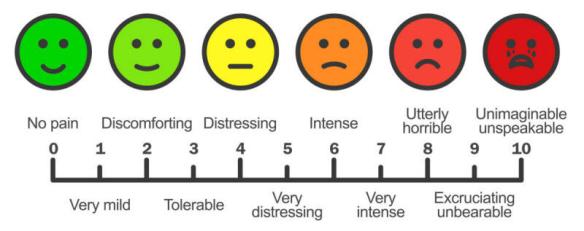
This approach of disruptive innovation was less natural to big corporations. At e-Lab, we have first made ourselves familiar with best of class methods to cope with this: agile methods, design thinking, BMC (business model canvas); C/K method …
Then, we have realized that they could help our BUs implement major changes. A few years ago we helped Bouygues Bâtiment Nord Est – a subsidiary of Bouygues Construction in the North and East of France- with their “Imagine 2021” project.
More recently we worked with the sales forces from Colas or Bouygues Construction on adjusting offers to changing clients expectations.
The key to our approach is very simple: move from a technology/solution push approach to a usage pull approach.

3) How do you structure your open innovation scouting? Do you screen innovative players related to mega-trend or do you spot specific startups / academics that can solve problems expressed by the business units?
As previously mentioned with my metaphor, the fleet of boat has to share a purpose, a common vision to make its action impactful. That is why, in 2017, when preparing the first integrated report of the Bouygues Group, we have precisely started from the megatrends (those trends who are both worldwide and extremely impacting).
Among the 15-20 identified by the consulting companies and research institutes, the Bouygues group has pinpointed four macrotrends that have a significant impact on its activities and business models: population growth and urbanization; climate change; digital and technological revolution; changing user behavior.
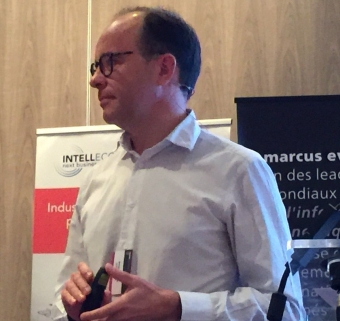
These four trends provide us with a compass to identify opportunities common to the Group.
In parallel, each BU define their own priorities corresponding to their specific environments and needs.
Open innovation scouting hence comes from the combination of a local and global approach.
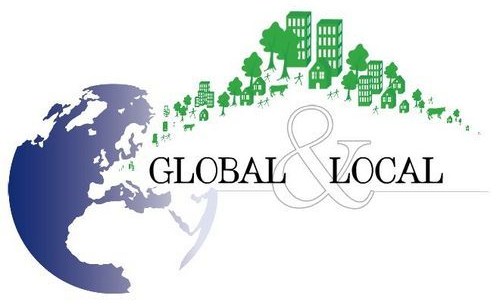
4) Your open innovation team spreads innovation methodologies within Bouygues: user centric design, agile, business model canvas, value quadrant, … What is your vector of propagation: collective training session, or on-boarding an innovation coach into a project?
Our business transformation missions are the primary vectors since one of their goals, in addition to solving the problem at hand, is to equip the teams with those methods so that they can replicate them internally, and use them in other instances.
We also teach a monthly seminar “innovate toward the contributive company” at IMB (Institute of Management Bouygues), a corporate university for group executives; and deploy it occasionally at BU’s requests.
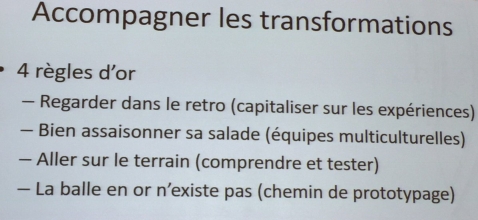
Change is not only for the others, but for yourself!
5) You’ve created an intrapreneurship program in 2016, “Innovate like a startup”: what are the selection (thematic challenges?), and incubation processes? what are the main figures? how long is the incubation of your innovative projects, and how do we keep a rapid pace during this period? Could you share some emblematic intrapreneurs projects?
“Innovate like a start-up” (ICS) is an intrapreneurship program to help the Group reinvent its business activities. The idea is to draw on the creativity of our employees to invent and roll out solutions that will meet the great challenges of the 21st century (including obvisouly, the four megatrends liste above).
Since 2016, the “Innovate like a start-up” program yearly brings together a “tribe” of around 50 employees from all the Group’s business segments.
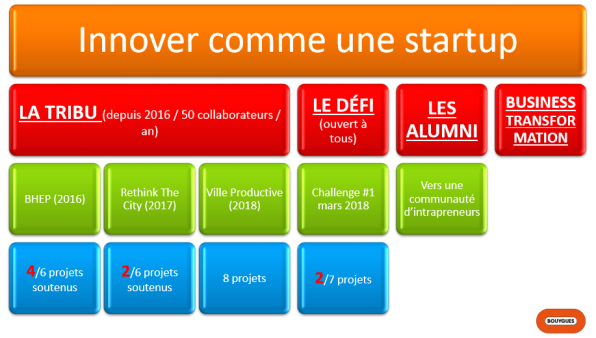
Their task is to invent new and tangible solutions to make urban environments more sustainable and more pleasant to live in.
Together they design, prototype and test actual and feasible solutions by drawing on the potential generated by the synergies between all the Group’s business segments. Teams are subgroups of the tribe.
Via a compact and dynamic program over 3-4 months, participants acquire the methods and tools for designing nimble and frugal business models in order to turn ideas into solutions.
At the end of the cycle, the multi-disciplinary teams defend their projects before the Group’s “Action Tank”, a jury comprised of decision-makers from all the Group’s business activities. Selection gates are at the end of ideation (to enter the maturation phase); then at the end of the maturation phase (to enter the acceleration phase).
Each successful project is assigned from the first GO, a sponsor (member ot the action tank) and a coach from the ICS team.
Each year, the ICS team selects an innovation theme for the participants. The first season was based on the theme of “Positive Economy Building”. The second season was labeled “Rethink the City”. This aimed to propose solutions to address the problems affecting urban environments with solutions based on the production and re-use of local resources, the reduction of disturbances through changes in use… The third season was on the theme of the productive city, with the aim of finding solutions to make cities more self-sufficient and resilient.
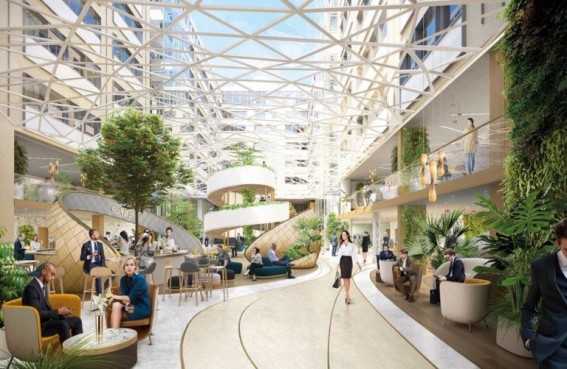
A challenge open to all Bouygues’ employees was also managed through our internal social network in 2018.
To sum up, for ICS|the Tribe, there is a theme for each season; for the ICS| the challenge employees brought in their own ideas.
More than forty projects have emerged from the program. 8 of them are being supported by the action tank, several of which being close to or in commercial phase. Among them “BHEP” the building concept combining usage optimization; productivity gains through well being; convertibility and reversibility; valorization of local physical flows has received the “Solar Impulse” label awarded by the solar impulse foundation.
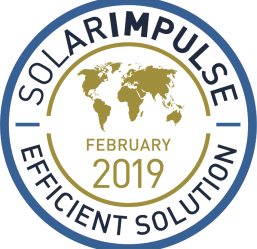
6) What are your next challenges?
We have so many!
We need to strengthen and scale the deployment of our transformation methods; make sure that intrapreneurship programs deliver value and prepare the Group for the many mutations ahead of us combining new technologies, new business models for improved user experience.
